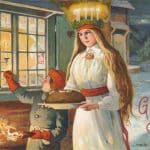On March 17th of every year, people across the world celebrate St. Patrick’s Day, the feast day Ireland’s patron saint, St. Patrick.
There’s nothing quite like this holiday, with people wearing green and parades on every corner. People also often look for four-leaf clovers for good luck, dress as leprechauns with gold pots, and drink Guinness pints.

But why is St. Patrick’s day observed worldwide, and how did these traditions begin?
First, let’s talk about St. Patrick.
Saint Patrick was born in Britain during the fifth century. At 16, he was kidnapped and sent to Ireland as an enslaved person. He later escaped and brought Christianity to Ireland, which included converting many residents. During his life, he also established churches, monasteries, religious services, and schools.
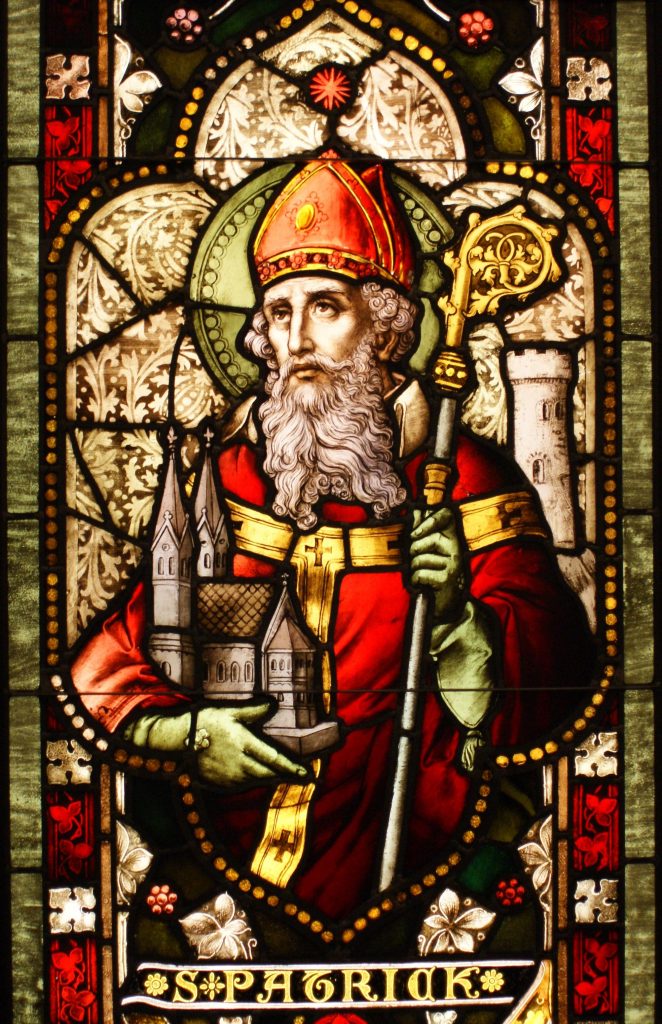
In summary, St. Patrick’s Day commemorates the day of his death and the arrival of Christianity in Ireland.
People have been observing the feast day of St. Patrick on March 17th since around the 10th century. But it wasn’t until March 17, 1601 that the first St. Patrick’s Day parade took place, not in Ireland, but in America. It was said to be organized by the Spanish Colony’s Irish vicar Ricardo Artur.
Thanks to the Irish immigrants, St. Patrick’s Day became a well-known holiday in America, as they staged celebrations that included detailed parades there. In 1737, Boston held its first St. Patrick’s Day parade, followed by New York City in 1762. Chicago also developed its own tradition in 1962, the annual green dyeing of the Chicago River.
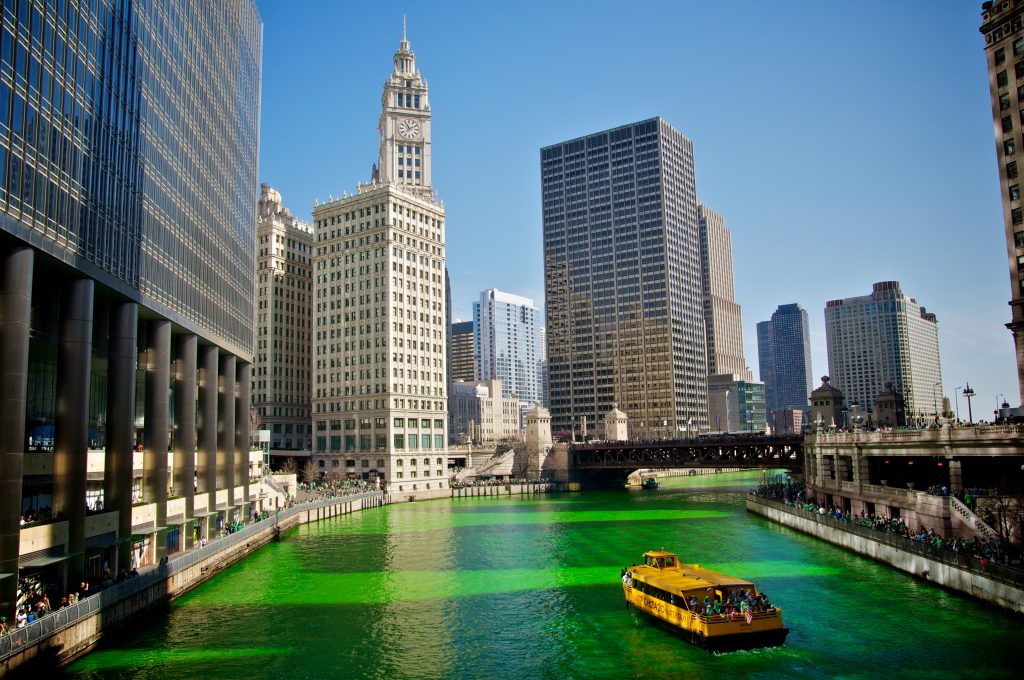
You might be wondering why people wear green and often see the four-leaf clover-shaped pins and eyeglasses. You might also notice green beverages and bagels. It’s because these unique traditions are tied to folklore or myths.
Wearing Green
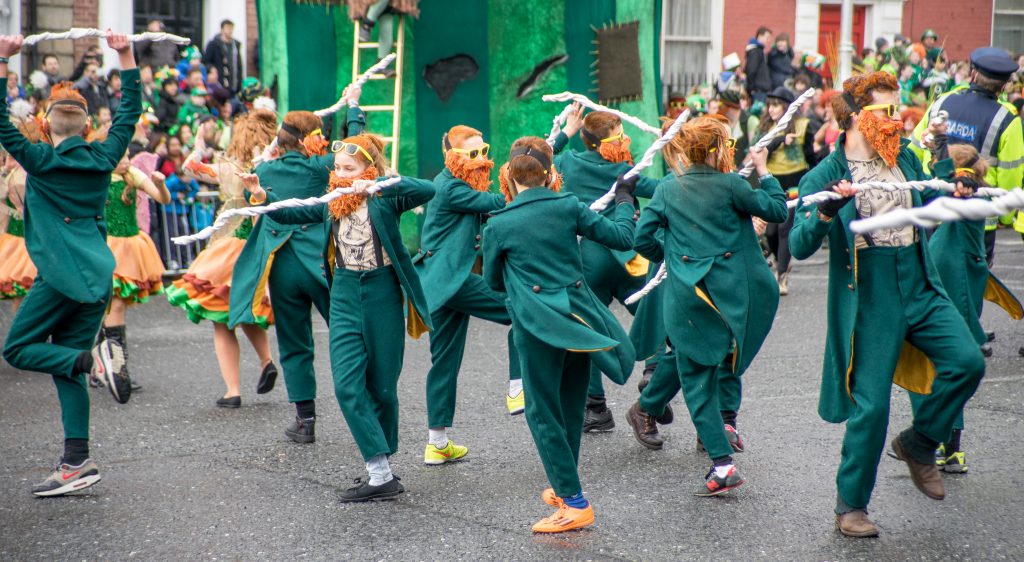
Now, let’s start with why wearing green clothing or accessories is customary.
One of the reasons people wear green on St. Patrick’s Day is that Ireland is also called the Emerald Isle. This is because of the country’s green landscape, grassy hills, and leafy trees.
The color also symbolized Irish nationalism, which led to Ireland’s independence in 1922. In the Irish flag, the green represents Catholics.
Another reason was that St. Patrick used green shamrocks as a metaphor to teach people about the Christian Holy Trinity (God the Father, God the Son, and God the Holy Spirit). Shamrocks are a type of clover plant with three leaves that are considered lucky in Irish culture.
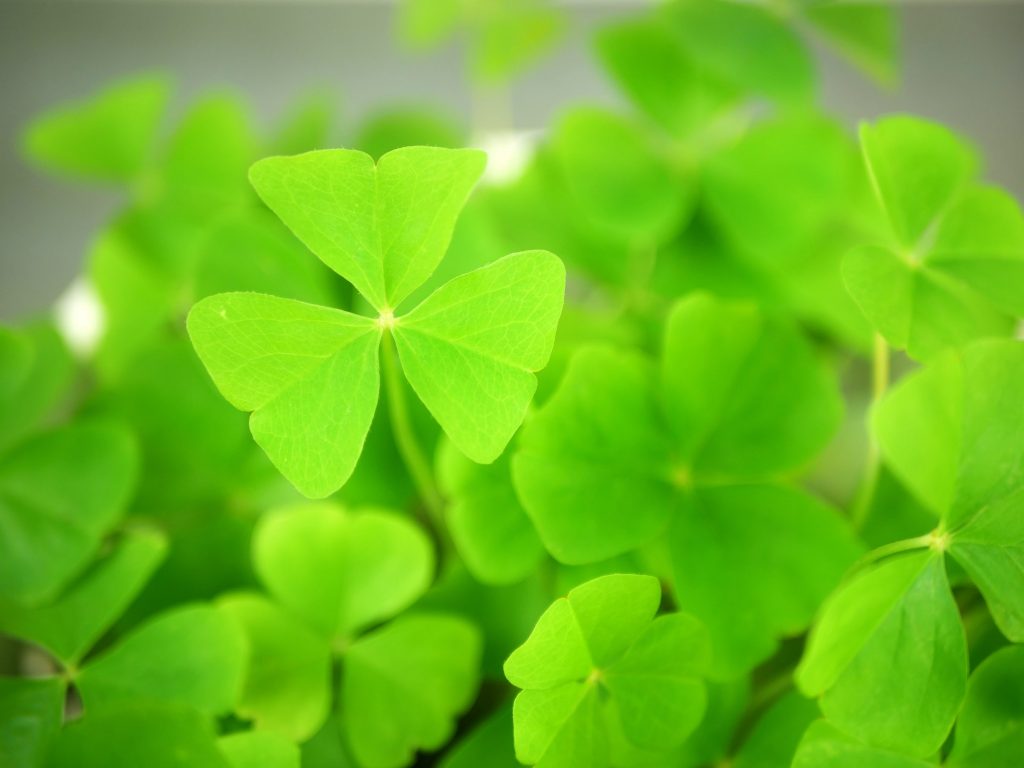
Also, some think wearing green will bring good luck while honoring their Irish ancestry.
Leprechauns

One of the widespread beliefs about wearing green is that it will help you become invisible to leprechauns.
Leprechauns are mythical fairies in the form of tiny old men with leather aprons and funny looking hats. They are said to love shamrocks and gold coins. As the legend goes, they pinch anyone not wearing green, their favorite color.
Well, here’s another myth you might find interesting about leprechauns. Legend has it that if a human succeeds in catching a leprechaun, it will grant the person three wishes or even give his pot of gold.
Four-leaf Clovers

You might also see lots of four-leaf clovers during St. Patrick’s day.
Four-leaf clovers are extremely rare clover plants with four leaves. The folklore says it’s considered good luck, so you can hunt for a four-leafed clover if you have some of the “luck of the Irish.” However, they are not easy to find with odds of about 1 in 5,000 for them appearing.
Drowning The Shamrock
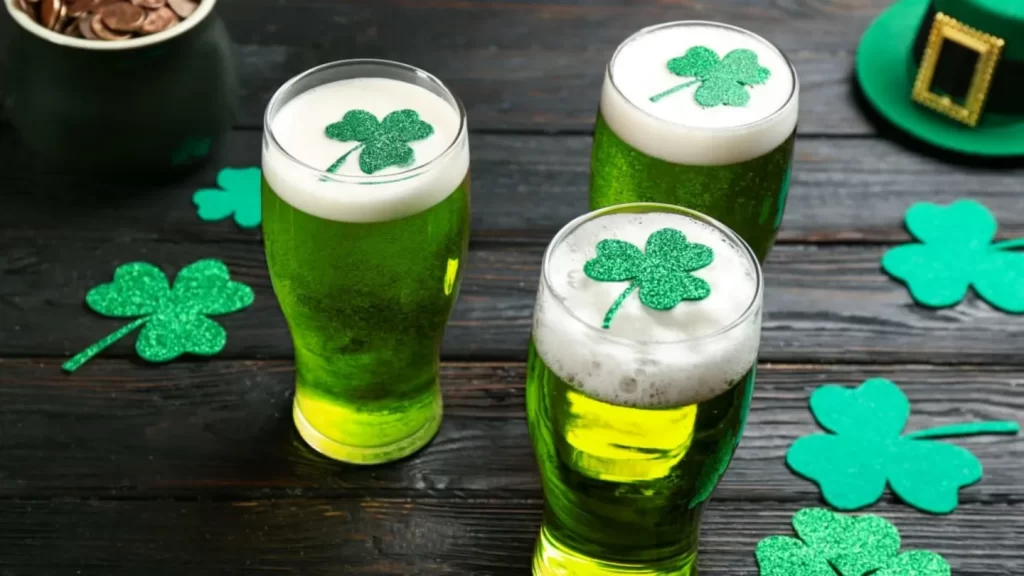
Another popular practice that is considered lucky is “drowning” the shamrock. The shamrock is traditionally dunked into a glass of whiskey and then drunk during a toast to St. Patrick. Afterward, the shamrock is tossed over the drinker’s left shoulder.
Traditional Food
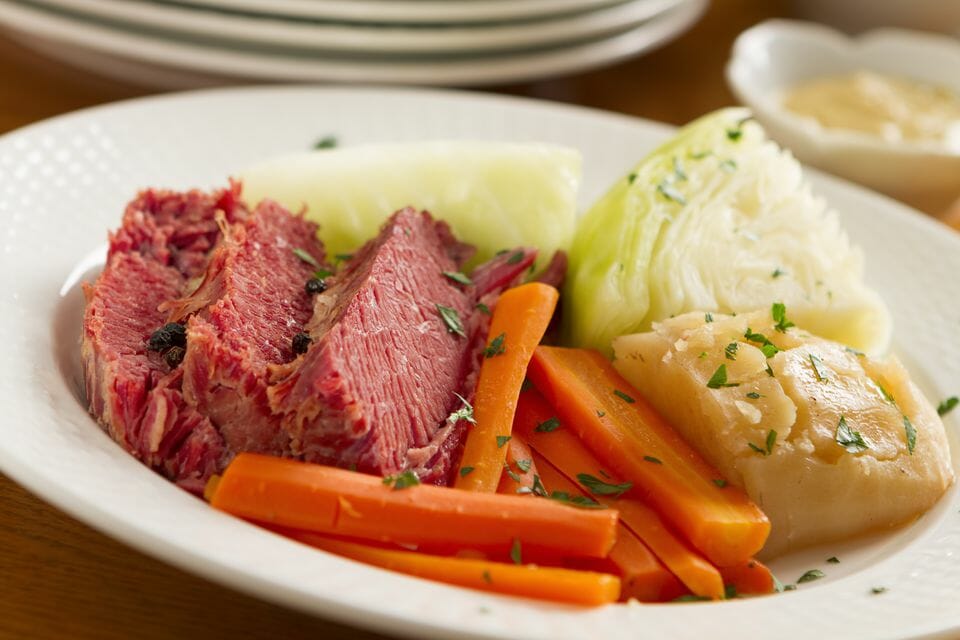
Celebrations wouldn’t be complete without food to eat.
During St. Patrick’s day, people usually eat corned beef and cabbage. But this meal is actually an American holiday adaptation.
The traditional dinner for the Irish is bacon, potatoes, and cabbage. But Irish immigrants in America substituted corned beef instead of Irish bacon to save money. They learned about this from their Jewish neighbors.
Another traditional food is soda bread, a quick bread commonly made with flour, buttermilk, baking soda, and salt.
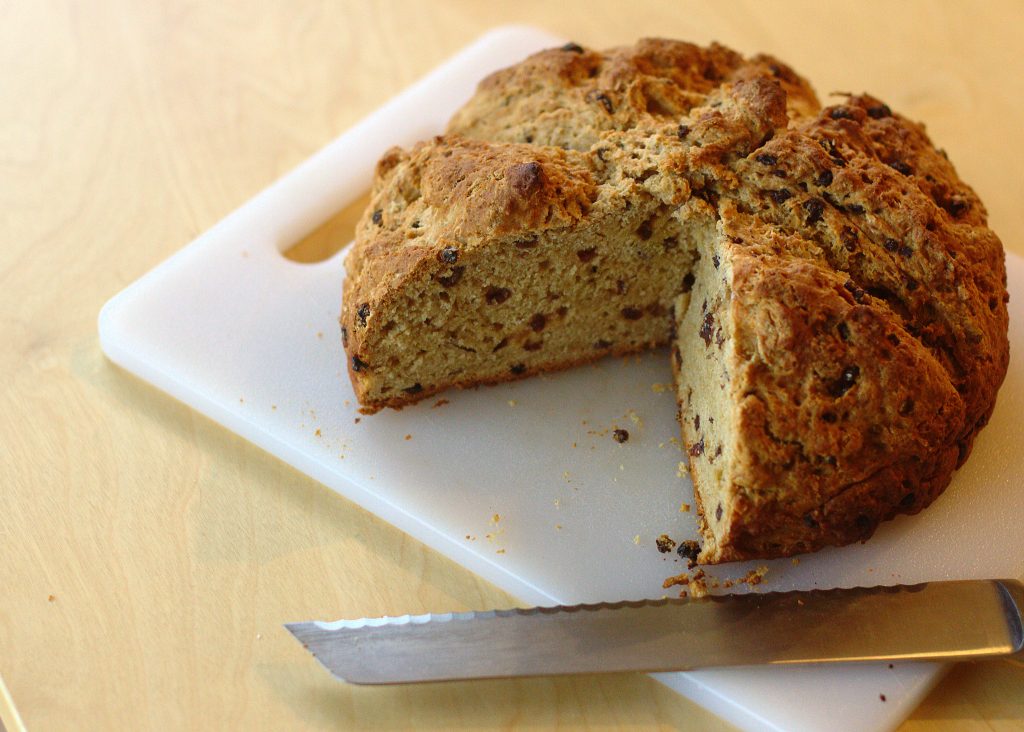
As for drinks, adults will often enjoy a pint or two of Guinness during the day. It’s a traditional Irish stout beer made from water, hops, barley, and a specific ale yeast strain. People also commonly drink beer dyed green.

Well, that’s all you need to know about St. Patrick’s Day origins and traditions.

